Presenter(s):
Thanusha Kathiravel, Queen’s University, Canada
Abstract
Background/Objectives:
Tamil older adults living in Ontario, Canada experience a disproportionately high burden of Type II Diabetes Mellitus (T2DM), yet there is limited understanding of their experiences in accessing diabetes-related healthcare services. While Ontario offers a wide range of diabetes-related services, Tamil older adults often underutilize these services. The Tamil population face intersecting barriers related to language, cultural norms, socioeconomic challenges, immigration pathway, and other system-level challenges. This study explored the experiences of Tamil older adults with T2DM and the perspectives of health service providers who support them, with the aim of identifying barriers, facilitators, and strategies to improve diabetes-related healthcare access in this immigrant population.
Methods:
This qualitative study, grounded in Interpretive Description methodology, involved two participant groups: Tamil older adults and health service providers. The study explored the experiences of nine Tamil older adults (aged 60+) living with T2DM in the Greater Toronto Area (GTA), as well as the perspectives of nine health service providers who deliver diabetes-related care to this population. Participants were recruited using purposive and snowball sampling strategies through community organizations and social networks. Semi-structured interviews were conducted in English or Tamil, based on participant preference, and audio-recorded with consent. Interview data were thematically analyzed using NVivo 12 software, and findings were interpreted through Levesque et al.’s (2013) access to healthcare framework, which identifies five dimensions of healthcare service provision—approachability, acceptability, availability/accommodation, affordability, and appropriateness—and five corresponding user abilities to perceive, seek, reach, pay for, and engage with care.
Results:
Tamil older adults identified multiple access barriers, including financial hardship, cultural loyalty to primary care providers, fear of overtreatment, reliance on family or friends for transportation, limited knowledge of available diabetes services, and difficulty navigating the healthcare system. Many participants felt emotionally burdened by caregiving roles and migration-related stress, which often delayed engagement with care. Cultural loyalty to longstanding primary care providers sometimes limited exposure to specialist or preventive services. Health service providers echoed these findings and highlighted system-level barriers such as inconsistent referrals, limited culturally tailored services, insufficient access to interpreters, and lack of integration across care providers. Providers also observed that T2DM was often underprioritized by Tamil older adults relative to other life responsibilities, with some expressing fatalistic beliefs about T2DM outcomes.
Discussion:
Findings from both studies highlight the need for culturally responsive, integrated approaches to diabetes care for Tamil older adults that address both practical barriers and social contexts influencing access to care. Key recommendations include improving interpreter availability, embedding culturally adapted diabetes education and mental health supports into community settings, and streamlining care coordination through integrated models. Strengthening provider-patient relationships and referral pathways can improve engagement and outcomes for this growing older adult immigration population. These findings can inform policies and programs aimed at reducing disparities and advancing equity in diabetes management. Future studies should explore cultural sensitivity of existing diabetes programs in the Greater Toronto Area, specifically how well these programs align with Tamil older adults’ unique cultural and health needs. Additionally, pilot-testing integrated care models, may offer insights into scalable approaches for delivering coordinated and comprehensive care.
Bio(s):
Thanusha Kathiravel, PhD is a health equity researcher with a doctoral degree from Queen’s University, where her research focused on access to healthcare among South Asian older adults, with a specific emphasis on Tamil older adults living with Type 2 Diabetes Mellitus (T2DM). Her PhD work used qualitative methods to explore the lived experiences of Tamil older adults and the perspectives of healthcare providers, aiming to identify barriers and develop culturally responsive strategies to improve diabetes care access in immigrant communities.
Thanusha brings extensive experience in health promotion and chronic disease management across community, provincial, and federal levels. She has contributed to initiatives aimed at improving diabetes-related health outcomes, with a particular focus on health equity, culturally tailored care, and policy-informed interventions. Her work is grounded in community engagement, interdisciplinary collaboration, and knowledge translation. Passionate about bridging the gap between research and practice, Thanusha continues to advocate for inclusive health systems that meet the needs of aging and racialized populations.

